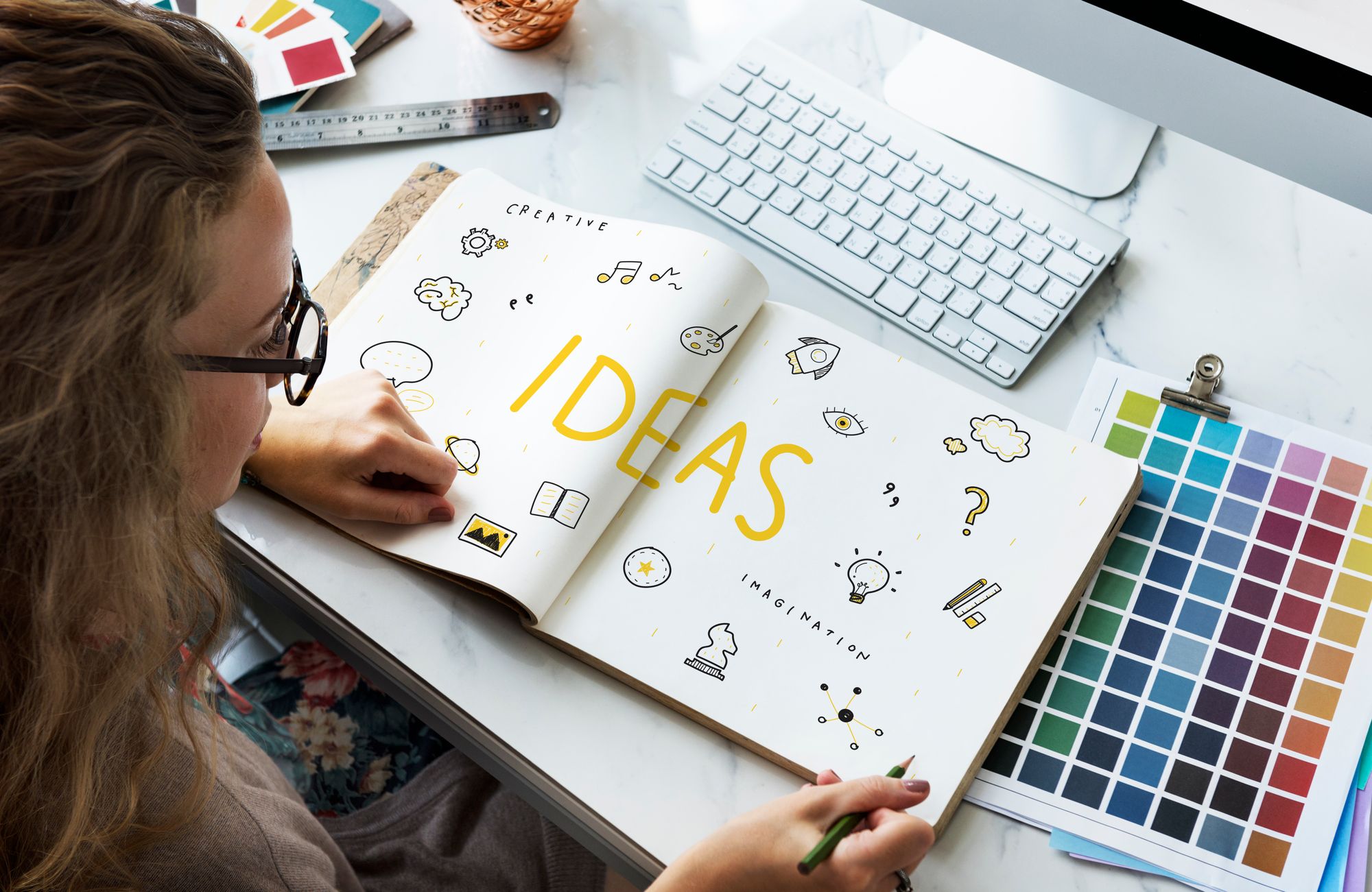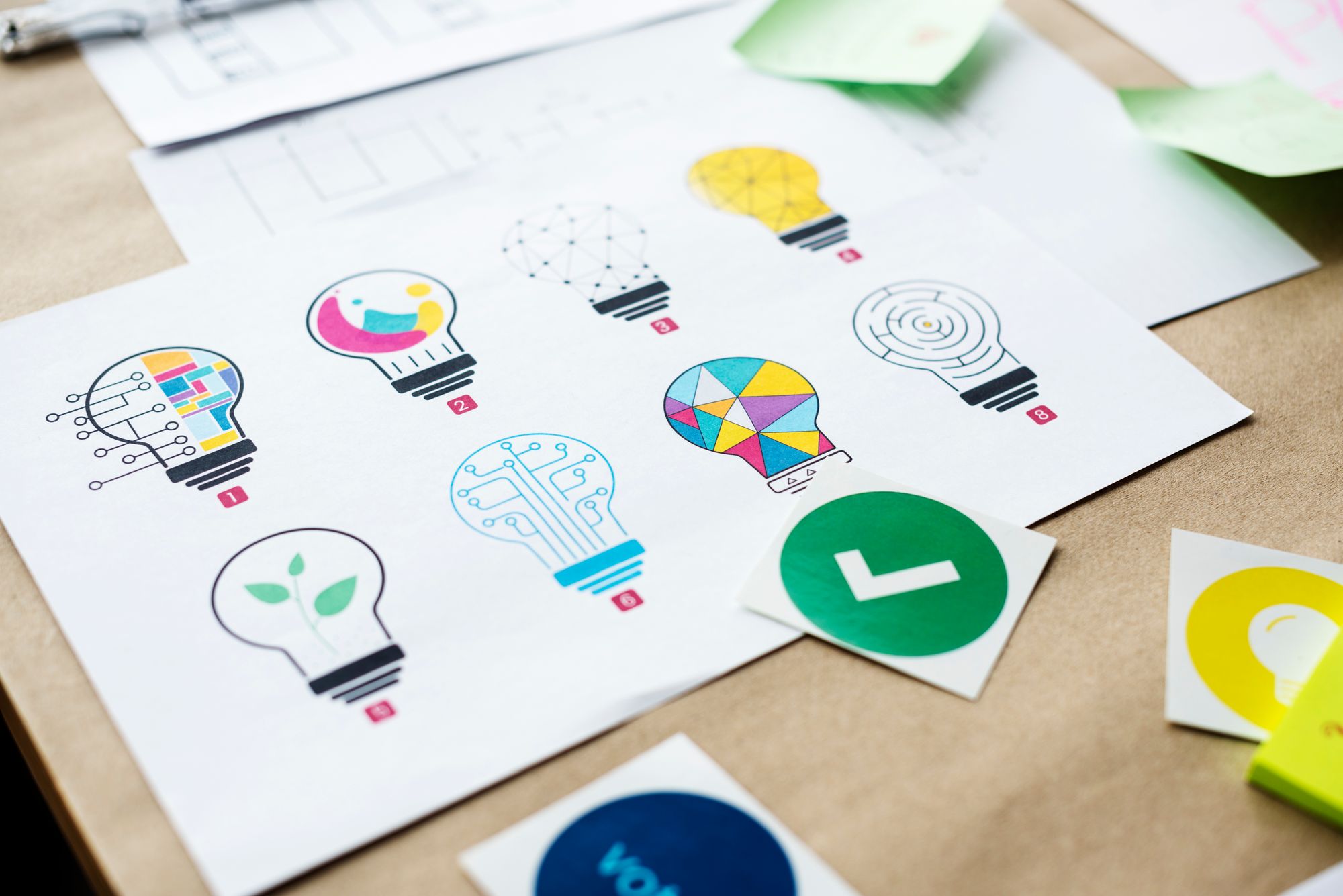Design Thinking: 5 phases to achieve the ultimate platform.

Empathy, imagination and experimentation are three words that clearly define the Design Thinking methodology.
In today's world, generating innovative solutions that lead your company to success is not an easy task. We are at a time where competition is fierce; The current context of "revolution" or transformation that companies are experiencing is not limited only to digital, it is also affecting the organizational level with changes in the way of working that allow us to evolve towards more agile models and totally focused on the client / user .
These challenges that we face demand innovation, disruption and a necessary paradigm shift. It is useless to invest in the design and development of a product that has not been tested taking into account the needs of users; For this reason, today we want to talk to you about Design Thinking and what are the stages that guide us in the search for that "perfect solution".
Design Thinking, what is it?
In order to offer a technical definition that can be easily and quickly assimilated, we can say that Design Thinking is about the methodology that helps you find innovative and brilliant solutions to any problem related to product development and improvement, focusing at all times on the final user.
However, Design Thinking goes much further, its scope does not fit into such a short definition. The Design Thinking research process allows you to create solutions so that customers are more satisfied not only with the product or service but also with the relationship they have with the company / brand. But, it is the 5 stages of this process that will help you understand it better.

5 Stages of Design Thinking
1.Empathy. This stage aims to know as much as possible the public to which our efforts will be directed. Getting to know them means not only inquiring about issues related to our service, but also about their daily lives. How do they connect with our service? In what circumstances and contexts? How are they affected by the environment?
At the time of empathizing, the tools are varied, their use will depend on the needs and possibilities of the case. Some examples are: surveys, interviews, statistics, focus groups, among others.
2.Definition. All the information we collect will allow us to arrive at one (or several) opportunities for improvement. It will be the work team's decision to prioritize them to see which ones will be attacked first and which ones in subsequent stages.
We can use the results of the previous stage to create empathy maps, customer journey maps, definition of people (user profiles) or service blueprints.
3.Ideation. Once the team analyzes the information and manages to define the problems based on the users, it is time to start generating ideas. Through different group activities, a team can open their minds and incubate a large number of ideas that will then be filtered to prioritize the most plausible ones.
Here all the techniques that allow us to go beyond the obvious and question the established are welcome. Brainstorming, Worst possible idea, Collaborative Sketching and Product Box.
4.Prototyping. The purpose of this stage is to create reduced and inexpensive versions of the product or service (or just a fragment), where the ideas emerged from the previous phase are applied.
5.Testing. Prototypes are used to be tested with users. The conclusions obtained from them allow us to iterate, that is, empathize even more, refine our ideas, prototype again and test again to obtain solutions that really respond correctly to the problems of our users.
In addition to creativity and intuition, in the Design Thinking process, teamwork also plays a fundamental role. The realization of this methodology is carried out, in general, with professionals from different branches and requires a lot of cooperation. In essence, the Design Thinking process is iterative, flexible, and focused on collaboration between designers and users. Furthermore, it places an emphasis on bringing ideas to life based on how real users think, feel, and behave. It allows you to gain new insights, develop new ways of looking at the product and its potential uses, and gain a much deeper understanding of users and the issues they face.
At e·Saurio we have developed our agile methodology for software development based on Design Thinking; Our priority is the user, which is why our developments revolve around him and the resolution of his problems, whatever the industry in which they work. Learn more about our agile TURBO methodology by clicking here.
If you liked this article, subscribe to our blog.
Remember that you can find us on Instagram, Facebook and Twitter as @esauriook
On LinkedIn as e•Saurio
